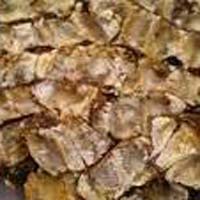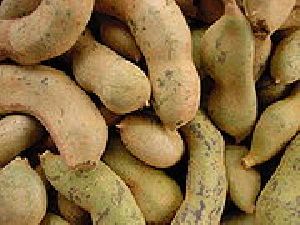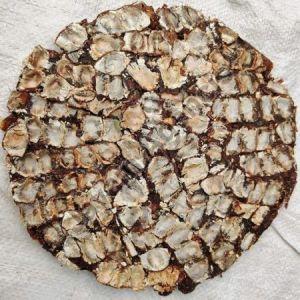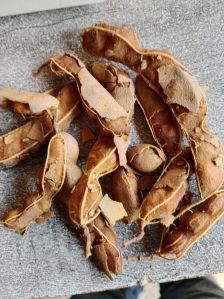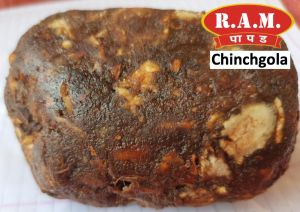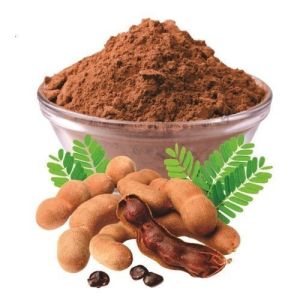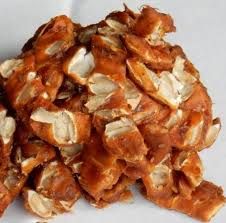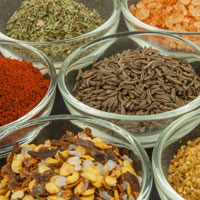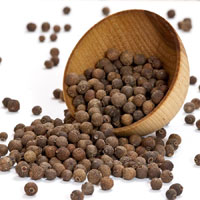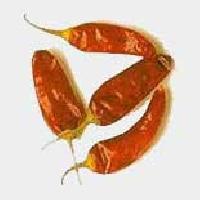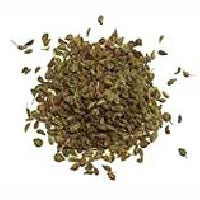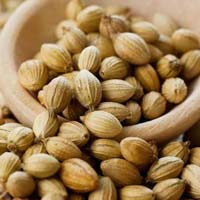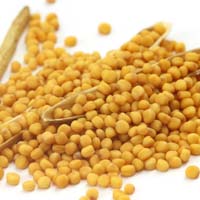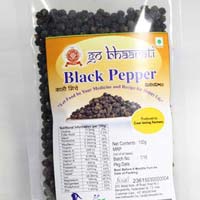Listing ID #3791837
Company Information
Ask for more detail from the seller
Contact SupplierThe fruit of a tropical tree, tamarind is an indispensable spice in most south Indian kitchens. Today, India is the only producer of tamarind on a commercial scale. A large part of India's production of tamarind is exported to West Asia, Europe and America, where it is used in such food specialties like Worcestershire sauce. This spice also comes in the forms of pulp and
juice concentrates which mainly go into the preparation of cool drinks, sea foods and a range of sophisticated cuisine.
Tamarind or tamar-i-hind, the 'date of India' as the Arabs described it, is one of the most widespread trees of the Indian subcontinent. It may have originated in Africa, but its history in South Asia is ancient and it is widespread in the region.
The fruit pulp is edible and popular. It is used as a spice in both Asian and Latin American cuisines, and is also an important ingredient in Worcestershire sauce and HP sauce. The pulp of a young fruit is very sour and acidic and is most often used as a component of savory dishes. The ripened fruit is sweeter and can be used in desserts and drinks, or as a snack. In temples especially in Asian countries, the pulp is used to clean brass shrine furniture, removing dulling and the greenish patina that form [1] . The wood is a bold red color. Due to its density and durability, tamarind heartwood can be used in making furniture and wood flooring. A tamarind switch is sometimes used as an implement for corporal punishment. Tamarind trees are very common in South India, particularly in Tamil Nadu and Andhra Pradesh. They are used as ornamental trees and to provide shade on the country roads and highways. Monkeys love the ripened tamarind fruit. The pulp, leaves, and bark also have medical applications. For example, in the Philippines, the leaves have been traditionally used in herbal tea for reducing malaria fever. Due to its medicinal value, tamarind is used as an Ayurvedic Medicine for gastric and/or digestion problems. Tamarind is a staple in the South Indian diet, where it is used to prepare Kuzambu or Sambhar (spicy lentil soup vegetables and tamarind), a soupy preparation called pulikkuzambu popular in Tamil Nadu, Puliyodarai rice, and various types of chutneys. Tamarind is available in Indian stores worldwide. It is also sold as a candy in Mexico (see for example pulparindo), and in various snack forms in Southeast Asia (dried and salted, dried and candied, as a cold drink). Pad Thai, a dish popular in Thai restaurants in the U.S., uses tamarind as its dominant flavor. It is very difficult to find tamarind sauce but it goes very well with lamb shanks. Native Philippine Tamarind Native Philippine Tamarind In Latin America, especially Mexico, and Latin American immigrant communities in the US, the fruit is wildly popular and is fashioned into many kinds of treat. Many popular Tamarindo concoctions are hard candies and suckers and one of the most popular aguas frescas is flavored with tamarind. Tamarind is a popular food in Mexico and is used in many Mexican candies. Likewise Sino-Peruvian food uses tamarind-based juice for its distinctive sweet flavour. [citations needed]
| Skincare and cosmetics |
| Traditionally extracts of tamarind fruits and leaves have been added to body lotions. They have also been added to deepen the colour of turmeric- or henna-based red hair dyes. Tamarind extracts are added to face masks, lip balms, body butters and soaps. |
| Paints |
| Tamarind seed oil is used in a similar way to linseed oil. It is suitable for making paints and varnishes. |
| Fuel |
|
The wood burns at a high temperature so is frequently used as a fuel in the ovens of brick factories which require high temperatures. |


